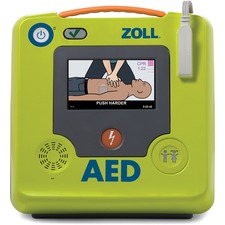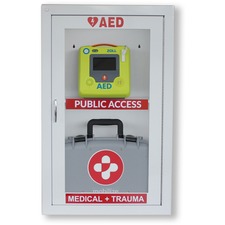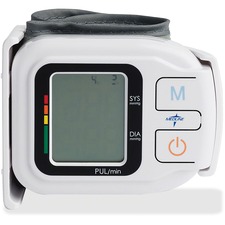
In today’s fast-paced workplace, employee well-being is more important than ever. As companies focus on creating safe and supportive work environments, the Automated External Defibrillator (AED) is an essential tool often overlooked. While many associate AEDs with gyms or sports fields, these life-saving devices are equally critical in everyday settings like offices. Here’s why having an AED accessible in the workplace Has Life-saving potential.

1. Life-saving potential
Sudden cardiac arrest (SCA) can happen to anyone, anywhere, and at any time. Approximately 356,000 out-of-hospital cardiac arrests occur annually in the United States, with a survival rate of only about 10% without immediate intervention. SCA strikes without warning, and every second is vital. Immediate response with CPR and an AED can double or even triple the chances of survival, significantly increasing the likelihood of a positive outcome. Having an AED in the office ensures that help is just seconds away, giving employees or visitors the best possible chance of survival in a cardiac emergency.
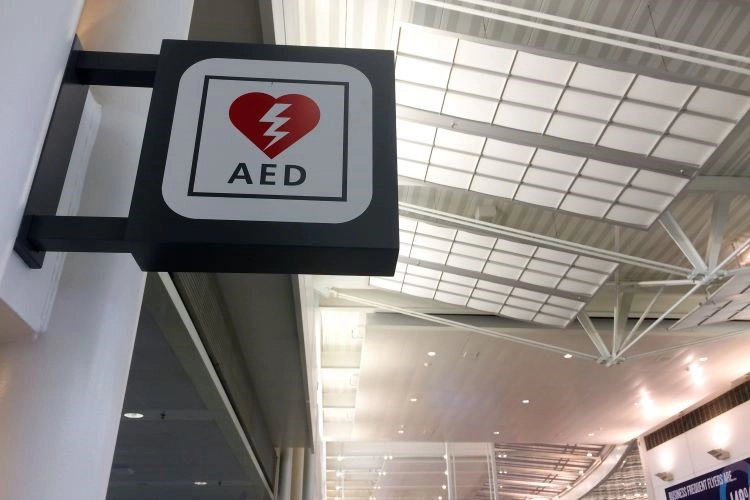
2. Accessibility in High-Density Areas
Offices are high-density environments where large groups of people gather daily. Whether in open workspaces, meeting rooms, or shared areas, these environments are prime locations where an SCA event could occur. In such crowded spaces, every second counts. An AED on-site means that anyone, whether a colleague, supervisor, or visitor, can receive prompt assistance. Studies show that quick defibrillation can increase survival rates from SCA by up to 70% when administered within the first 3-5 minutes.

3. Preparedness and Peace of Mind
Having an AED in the workplace is not just about the physical presence of the device; it’s about fostering a culture of preparedness. When employees know that an AED is available and that they’ve been trained to use it, it provides a sense of security and peace of mind. A study by the American Heart Association found that workplaces with AED training programs reported greater confidence and readiness among employees in handling medical emergencies. This preparedness inspires confidence in the workplace, allowing employees to feel safer and more valued, knowing that their environment is equipped to handle emergencies.

4. Promoting a Safe and Responsible Environment
Businesses have a responsibility to ensure the safety and well-being of their employees. Having an AED on-site is a proactive step in demonstrating this commitment. The Occupational Safety and Health Administration (OSHA) encourages employers to include AEDs in emergency response plans. Moreover, many states and regions have regulations requiring AEDs in public spaces, including workplaces, and companies that comply with these regulations can avoid potential liabilities. Being prepared with an AED aligns with legal and ethical responsibilities, promoting a safety and corporate responsibility culture.
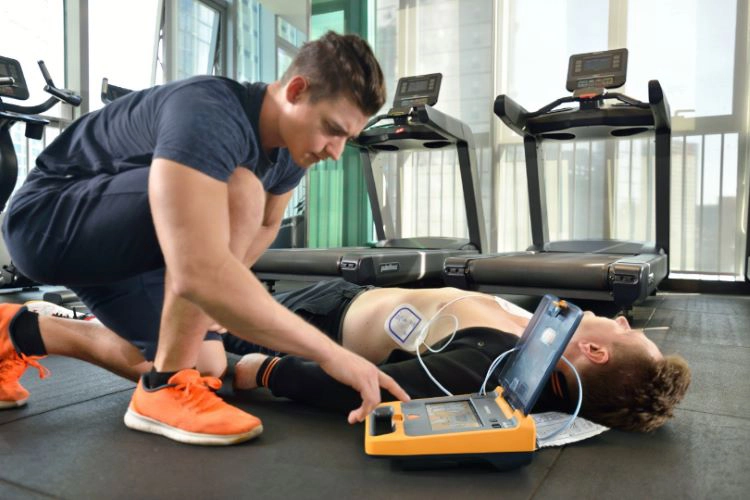
5. Ease of Use
Modern AEDs are designed to be user-friendly, even for those with minimal medical training. They come with clear, step-by-step instructions that guide the user through administering a shock. This simplicity means that anyone can use an AED effectively in the critical moments of a cardiac emergency. Many companies also offer CPR and AED training sessions, further empowering staff to respond confidently in a cardiac emergency. According to the American Red Cross, over 50% of workplace responders can use an AED successfully after brief training.

6. Cost-Effective Investment
While the initial cost of an AED may seem significant, typically ranging from $1,200 to $1,500—the potential to save a life makes it a worthwhile investment. AEDs are durable, with minimal maintenance costs, and are a long-term investment in the safety and well-being of your employees and workplace community. Additionally, various grants and programs are available to help companies acquire AEDs, making them more affordable. For instance, some health organizations offer incentives and rebates to companies that prioritize workplace safety.
An AED is more than just a medical device; it’s a symbol of preparedness, responsibility, and care for the well-being of employees. In a busy workplace, where time and efficiency are critical, having an AED on-site is a crucial step in ensuring that everyone is protected during a sudden cardiac arrest. It’s an investment not just in safety but in the future of your workforce.
By equipping offices with AEDs, companies create safer, more resilient environments where employees can thrive and know they are protected in an emergency.
Sources:
- Sudden Cardiac Arrest Foundation. (2022). “Out-of-Hospital Cardiac Arrest Survival Statistics.”
- American Heart Association. (2023). “Cardiac Arrest Statistics.”
- American Red Cross. (2023). “AED Usage and Survival Rates.”
- American Heart Association. (2021). “The Impact of Workplace AED Training Programs.”
- Occupational Safety and Health Administration (OSHA). (2022). “AEDs in the Workplace.”
- American Red Cross. (2023). “Workplace First Aid and AED Training.”
- AED Grant. (2023). “Costs and Funding Options for AEDs in Businesses.”

